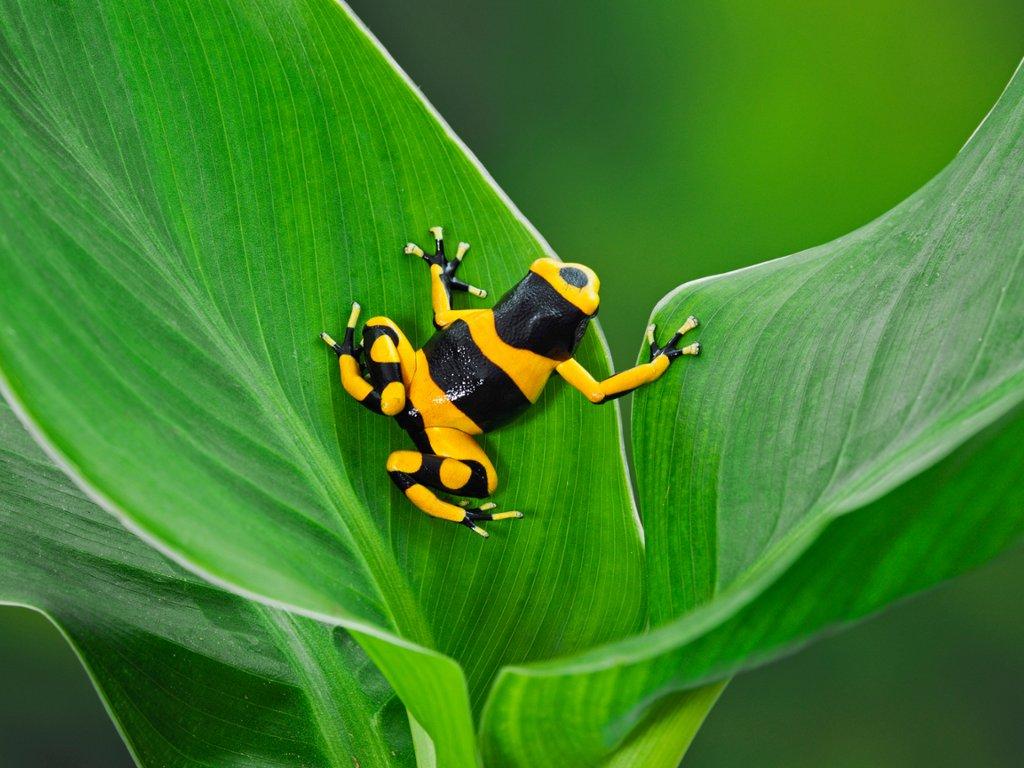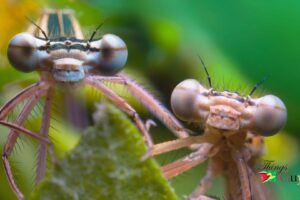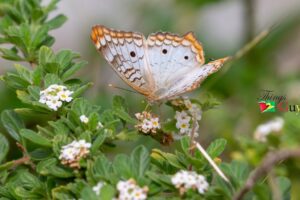Poison dart frogs are members of the Dendrobatidae family, wearing some of the most brilliant and beautiful colors on Earth. Their coloring can be yellow, gold, copper, red, green, blue, or black.
The most brightly colored frogs in the world, are native to Nicaragua, Bolivia, Guyana, Costa Rica, Panama, Brazil, Peru, Columbia, French Guiana, Ecuador, Suriname, and Venezuela, where their diet contributes to the toxins they secrete through their skin. Poison frogs in general can live for over ten years in human care and 3 to 15 years in the wild.
Description Of The Poison Dart Frog
There are approximately 170 species of frogs considered “poison dart frogs,” and they come in a large variety of shapes, sizes, colors, and patterns. The poisonous species are equipped with bright colors and bold patterns to warn predators of their toxicity, but not all of these frogs are poisonous! Poison frogs are generally small species, about 0.75 to 1.5 inches (20 to 40 millimeters) in length.
Many species have dull or camouflaged colors, and have little to no toxins in their skin. The color variety ranges from black, brown, tan, and muddy green in the less poisonous, to bright yellow, blue, red, orange, and bright green in the highly toxic species. Their skin can be mottled with solid bars, spots, stripes, and light dapples.
Habitat Of The Poison Dart Frog
They live primarily in rainforests, where there is plenty of moisture for them to access so they can keep their skin wet. Most of these frogs are terrestrial, which means they live on the ground, but there are a few species that live up in the trees. Most species hide and hunt for small prey among the leaf litter on the forest floor, where it is dark and damp.
Diet Of The Poison Dart Frog
These carnivores mostly feed on small insects such as ants and termites, which they find on the forest floor. Many species capture their prey by using their sticky, retractable tongues. Scientists believe that poison frogs gain their poison from a specific arthropod and other insects that they eat in the wild and that these insects most likely acquire the poison from their plant diet. As a result, poison frogs in human care on a diet of crickets and other non-poisonous insects are not poisonous themselves.
Behavior Of The Poison Dart Frog
These frogs are diurnal, which means they are active during the day. Their diurnal activity keeps them from being eaten, because their colors can be best seen in the sunlight.
Dart frogs are actually quite social animals, and can frequently be found in pairs or small groups. While they live in close proximity, male frogs will wrestle one another for optimal territories, and females will battle over choice egg-laying locations.
Reproduction Of Poison Dart Frog
Poison dart frogs breed during the rainy season. The male selects a leaf and clears it off while calling to the female. After he’s attracted a mate and she lays her eggs (and then leaves), the male sticks around to make sure the eggs stay moist until they hatch.The female lays 1-14 eggs.The eggs take 10 to 14 days to hatch.
Once the little ones hatch, they wiggle onto the male’s back. The male carries them to a pool of water, where the tadpoles wiggle off and into the water. There the tadpoles complete their metamorphosis into fully formed frogs.
Unique Facts About The Poison Dart Frog
- Poison dart frogs get their name from two sources. The first is their poisonous skin, which is present normally in only brightly colored species. The second is their history. The Indigenous people in the rainforests of Central and South America used some species of dart frogs to coat their blowdarts. By coating the tips of their darts in poison, these people are able to hunt game much more quickly. Surprisingly, only four species of dart frogs are actually used for this purpose.
- Poison dart frogs poisonous skin does not come naturally. In reality, the toxic secretions come from the frogs diet of poisonous ants. This means that poison dart frogs kept in zoos are actually not poisonous, because they are not fed poisonous ants. This makes them much safer to handle, without causing any discomfort or danger to the frogs.
- When dart frog skin contains toxins, ingesting or coming in contact with those toxins can be quite dangerous. The poison can cause swelling, muscular paralysis, and severe nausea. Ingesting a poison dart frog can be a deadly mistake for a predator.
- Every poisonous species of dart frog has a different chemical makeup to their toxin. Scientists have even found that components of some dart frogs’ secretions can be 200 times more powerful than morphine. They used the secretions of the phantasmal poison frog to create an amazingly effective new painkiller. With many different species, the medical benefits of researching these creatures could be astounding.
About The Poison Dart Frog
The poison dart frog wears some of the most brilliant and beautiful colors in the world! They live primarily in the rainforest and are natives to some countries such as Guyana, Brazil, Venezuela, just to name a few. These unique looking frogs feed on small insects which they find on the forest floor. These frogs are truly a sight to behold!
Article References:
- https://animals.net/poison-dart-frog/
- https://en.wikipedia.org/wiki/Poison_dart_frog
- https://www.nationalgeographic.com/animals/amphibians/group/poison-dart-frogs/







